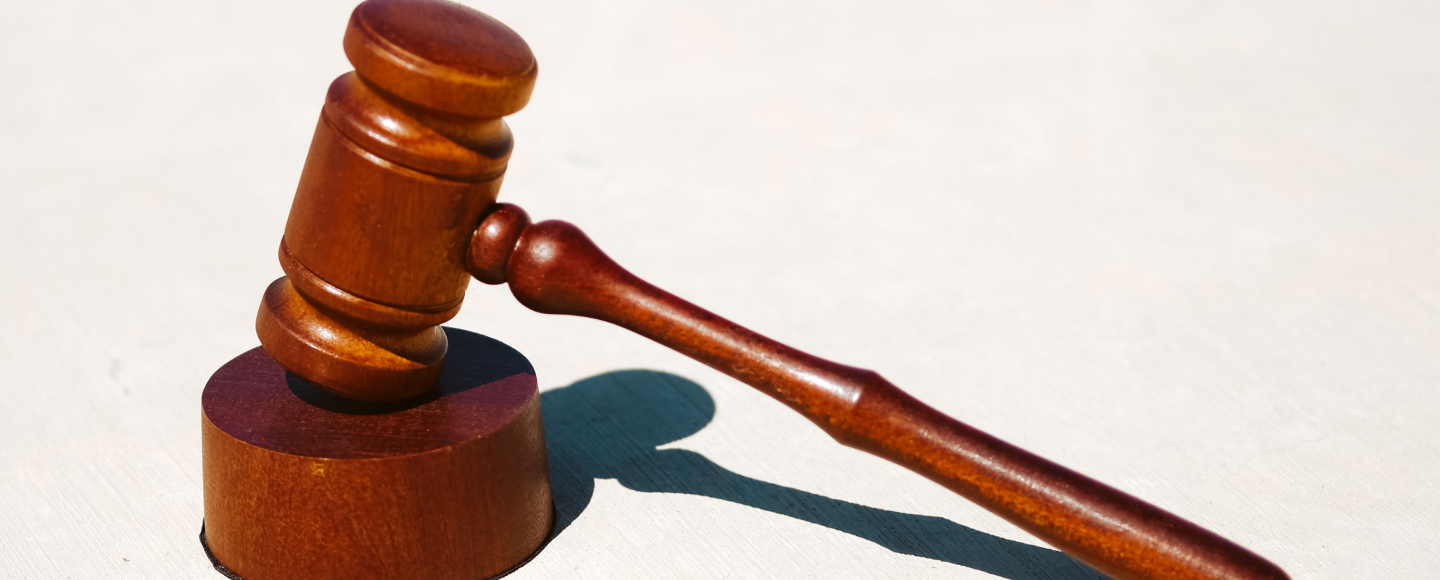Bullet lead analysis, hair and fiber analysis, and now the Horizontal Gaze Nystagmus (HGN) test has been added to the growing list of police practices masquerading as “science,” that have now been discredited and revealed as little more than a hoax pulled on the general public by law enforcement as a tool to secure convictions in the absence of actual evidence.
The DOJ and FBI continue to evaluate thousands of cases in which individuals were convicted on the basis of the now-discredited practice of comparing hair and fiber from crime scenes to hair and fiber located on or near a suspect. That practice has now been entirely discredited, but individuals were convicted on evidence of that type for decades because police witnesses qualified as “experts” by courts across the country duped juries and judges into viewing the practice as a “science.” In fact, it was a pseudo-science fabricated by law enforcement to produce evidence linking a suspect to a crime scene, where such a link didn’t previously exist. And there is no question that it was an effective tool in the quest for convictions. The problem is that this untested practice, under the false pretense of science, led to the conviction of innocent people.
A similar fate was suffered by the previously common practice of bullet lead comparison, which was permanently discontinued by the FBI in 2005, after its reliability as a forensic “science” was discredited.
It appears that we are now on the brink of adding the “Horizontal Gaze Nystagmus” test — as of today still used every night of the year by North Carolina cops investigating DWI cases — to the historical dung heap of discredited law enforcement practices that have been used for decades to secure convictions in the absence of actual evidence.
Horizontal Gaze Nystagmus, described by cops nationwide as an “involuntary jerking of the eyes” that purportedly gives them magical insight into a suspected drunk driver’s level of impairment, was described earlier this year by the Supreme Court of Kansas as having “no more credibility than a Ouija Board or a Magic 8 Ball.” (See City of Wichita v. Molitor, 2015 (PDF)). Our Court of Appeals in North Carolina reached a similar conclusion (if without the commentary), in State v. Sewell (PDF), 768 S.E.2d 650 (2015), in which the Court held that the observation of “6 out of 6 clues” on the HGN test, along with the classic “red, glassy eyes” and a positive result on a portable breathalyzer, constituted insufficient evidence to arrest an individual on suspicion of Driving While Impaired.
The next logical step would be the exclusion of any and all evidence on this unproven investigative tool from court proceedings statewide, as a matter of law. Next step, mandatory video and audio recording of all field sobriety tests, or an automatic dismissal.
★★★
Durham and Raleigh DWI lawyer Ben Hiltzheimer is a criminal defense attorney in Durham, North Carolina, who represents individuals charged with DWIs and the full spectrum of misdemeanors and felonies. Contact us for a free, confidential consultation and case evaluation at (919) 899-9404.







